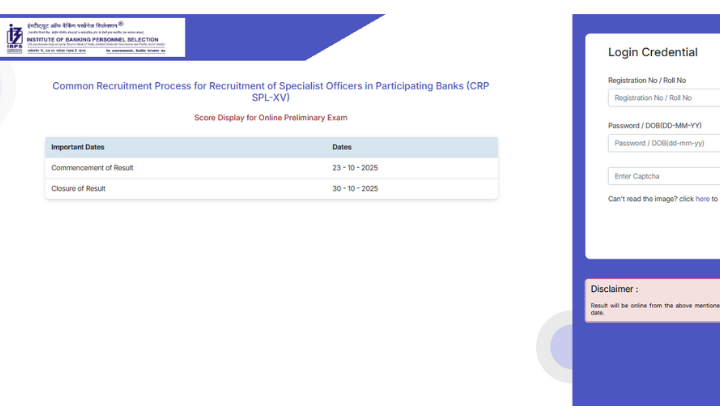Now Reading: How to Teach Children About Indian Culture in Today’s World
-
01
How to Teach Children About Indian Culture in Today’s World
How to Teach Children About Indian Culture in Today’s World

In an age of screens, fast trends, and global exposure, Indian parents often worry about how to pass on cultural values to their children. With modern influences growing stronger, teaching kids about Indian culture may seem challenging—but it’s both possible and necessary. Through simple, everyday efforts, families can help children connect with their roots without making it feel like a forced lesson.
Start With Language and Stories
Language is a strong cultural connector. Teaching children their mother tongue helps them better understand traditions, emotions, and family ties. Storytelling is another powerful tool. Sharing folk tales, mythological stories, or even bedtime tales from grandparents’ lives can help kids relate to Indian values in an engaging way.
In Tier 2 cities like Kanpur or Nashik, where cultural diversity still thrives, such practices remain an effective part of childhood learning.
Celebrate Festivals the Traditional Way
Instead of just gifting or dressing up for festivals, involve kids in rituals, preparation, and the meaning behind the celebrations. Whether it’s making a simple rangoli, lighting diyas, or cooking festive food together, these small experiences build deeper understanding and emotional connection.
Explaining why we celebrate Raksha Bandhan or Pongal in simple terms allows children to see beyond just the fun aspect.
Involve Them in Family Traditions
Let children be a part of family customs—be it touching elders’ feet, attending local functions, or participating in community pujas. These actions may seem small, but they help build respect for values, elders, and collective traditions.
Even in nuclear families, maintaining a few consistent customs like weekend aartis, storytelling nights, or even Sunday visits to grandparents can make a big difference.
Use Media Wisely
While kids love cartoons and YouTube, cultural learning can be introduced through creative channels like animated mythological stories, regional music, or traditional dance classes. Shows and videos in regional languages or based on Indian history can be both entertaining and educational.
This approach works well especially in urbanizing Tier 2 towns where exposure to both traditional and modern media is growing.
Introduce Cultural Activities
Encouraging kids to learn classical music, dance, yoga, or even Indian crafts like Madhubani painting or pottery introduces them to India’s rich heritage in a fun and skill-building way. Schools and community centers in smaller cities often organize workshops or cultural days, which are great for hands-on exposure.
Lead by Example
Children learn more by observing than being told. When they see parents respecting elders, cooking traditional meals, or practicing cultural habits, they naturally absorb those values. Maintaining a respectful, open approach to culture instead of enforcing it helps children stay curious and connected.
Conclusion
Teaching kids about Indian culture is not about keeping them away from modern life—it’s about helping them stay rooted while they grow. With small, consistent steps, parents and communities can ensure the next generation carries forward traditions with pride and understanding. In every home—whether in a bustling city or a quiet Tier 2 town—the journey begins with awareness, intention, and love.
























